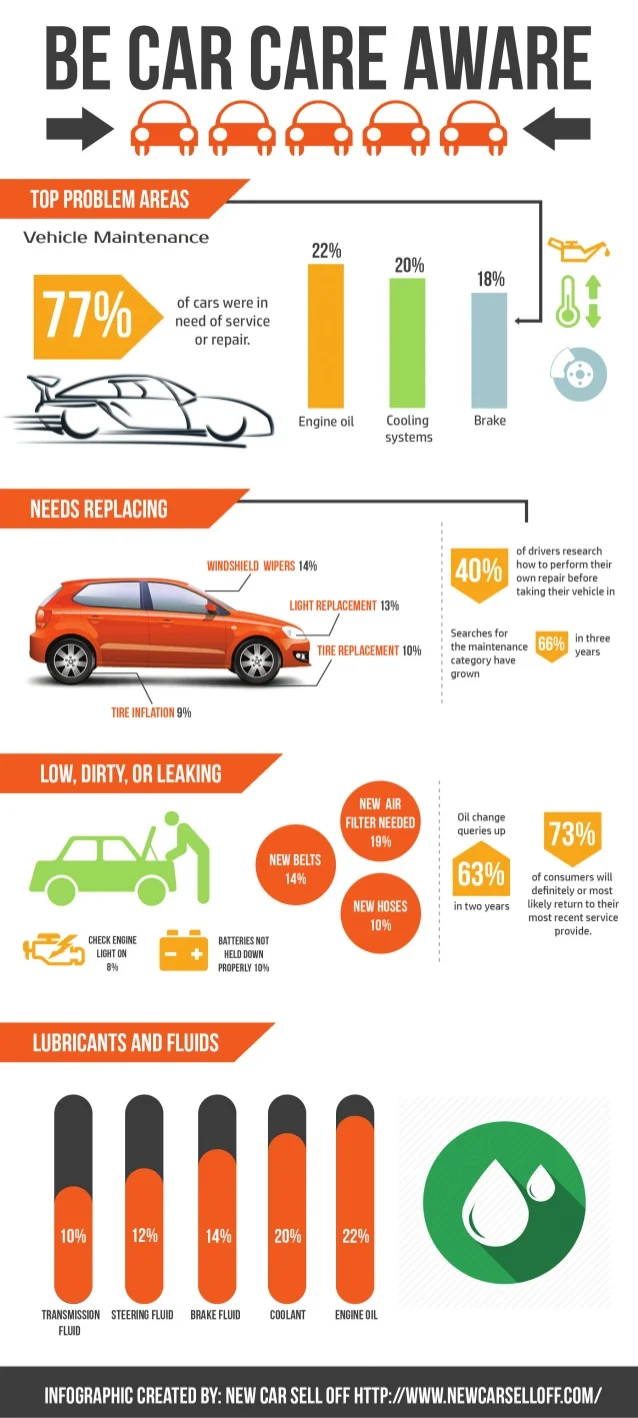Understanding Your Car'S Caution Lights: What Do They Truly Mean?
Understanding Your Car'S Caution Lights: What Do They Truly Mean?
Blog Article
Personnel Author-Higgins Winters
When you're behind the wheel, those glowing caution lights on your dashboard can be a bit complicated. Do you recognize what they're trying to inform you regarding your car's wellness? Comprehending the importance of these lights is crucial for your security and the longevity of your lorry. So, the following time one of those lights turns up, wouldn't you want to decode its message properly and take the required actions to resolve it?
Common Warning Lights and Interpretations
Recognize common warning lights in your car and comprehend their significances to make sure risk-free driving.
https://brake-change95174.blog4youth.com/31790517/observe-the-substantial-patterns-that-are-transforming-the-landscape-of-car-repair-specifically-the-improvements-in-electric-vehicles-and-the-application-of-expert-system of the most normal caution lights include the check engine light, which indicates issues with the engine or exhausts system. If this light begins, it's crucial to have your automobile examined immediately.
The oil pressure warning light suggests low oil pressure, needing prompt attention to prevent engine damage.
A flashing battery light might suggest a defective billing system, possibly leaving you stranded if not attended to.
The tire pressure monitoring system (TPMS) light informs you to reduced tire pressure, impacting car stability and fuel effectiveness. Neglecting this can result in risky driving conditions.
The abdominal light suggests a trouble with the anti-lock stopping system, jeopardizing your ability to quit rapidly in emergencies.
Finally, the coolant temperature level warning light warns of engine getting too hot, which can result in severe damages otherwise solved promptly.
Recognizing these common caution lights will certainly assist you deal with problems immediately and preserve safe driving conditions.
Relevance of Prompt Focus
Recognizing the usual warning lights in your auto is just the very first step; the value of without delay attending to these warnings can not be highlighted enough to guarantee your security on the road.
When a caution light brightens on your dashboard, it's your automobile's method of communicating a potential issue that requires interest. Ignoring these warnings can bring about more serious issues in the future, endangering your security and potentially costing you more out of commission.
Motivate focus to cautioning lights can protect against breakdowns and mishaps. For instance, a blinking check engine light can indicate a misfire that, if left neglected, could cause damage to the catalytic converter. Addressing this promptly can conserve you from an expensive repair work.
In a similar way, a brake system warning light may indicate low brake liquid or worn brake pads, important parts for your safety when driving.
DIY Troubleshooting Tips
If you discover a caution light on your control panel, there are a few do it yourself fixing ideas you can attempt prior to looking for expert aid.
The primary step is to consult your vehicle's guidebook to understand what the particular warning light shows. In some cases the concern can be as basic as a loose gas cap causing the check engine light. Tightening the gas cap might deal with the trouble.
Another typical issue is a reduced battery, which can trigger various alerting lights. Inspecting website link for deterioration and guaranteeing they're protected may fix the trouble.
If a caution light persists, you can try resetting it by separating the car's battery for a couple of mins and then reconnecting it. In addition, examining your automobile's liquid levels, such as oil, coolant, and brake liquid, can aid fix warning lights related to these systems.
Conclusion
To conclude, understanding your vehicle's warning lights is important for keeping your car running efficiently and securely. By without delay dealing with these informs and recognizing what they suggest, you can prevent costly fixings and possible breakdowns.
Remember to consult your car's manual for particular details on each cautioning light and do something about it appropriately to make sure a hassle-free driving experience.
Keep notified, remain secure on the road!
